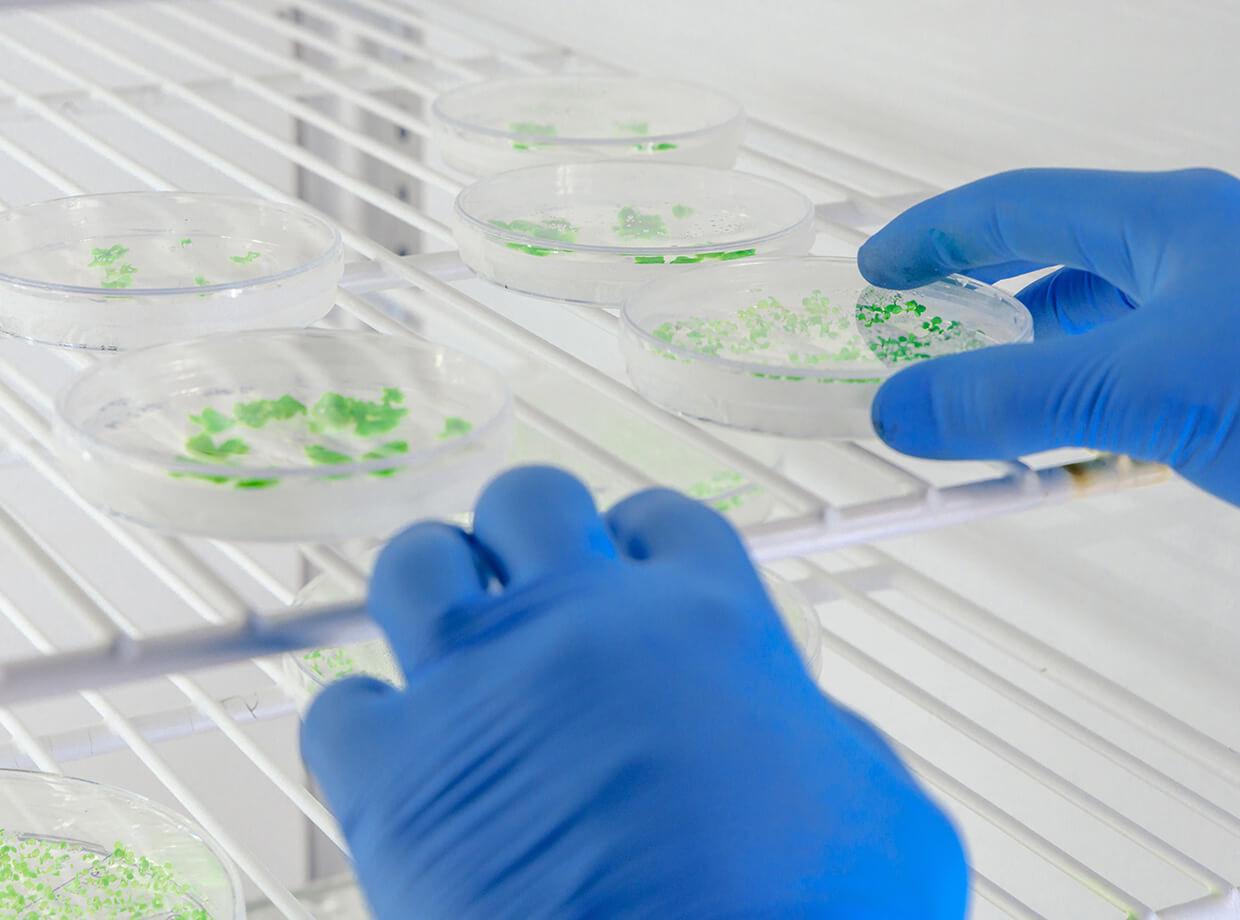Temperature sensors used in refrigerators are essential to keeping samples safe from degradation or complete loss. For example, in 2018 a freezing tank malfunctioned at a reproductive clinic in San Francisco, rendering thousands of embryos and eggs unviable. Not only is this a devastating loss for the patients, but this incident was entirely preventable. Using cold storage monitoring and an industrial refrigerator monitoring system, you can continuously monitor to make sure your sensitive materials are kept safe. With a comprehensive monitoring system, you receive real-time alerts that allow you to take swift action and prevent disaster. Monitoring all starts with temperature sensors. What are the applications of temperature sensors in industry and which sensors are typically used?
What is the temperature sensor on a refrigerator?
Put simply, a temperature sensor is a way to check the temperature of your refrigerator. This sensor typically uses a thermistor or a thermocouple, which can sense temperature changes and translate them into an electrical signal. The refrigerator’s control system can then register this signal to understand temperature. The sensor takes a reading of the refrigerator temperature and, depending on your monitoring system, provides that information to the user through a display, chart recorder, data logger, or IoT connection.
Multiple temperature sensors should be positioned in various parts of the refrigeration system to ensure the temperature is consistent and meets any requirements. Having multiple sensors helps maintain precise temperature control and guard against sample degradation. Additionally, some industrial temperature monitoring systems contain sensors that can measure the humidity, pressure, and airflow of a refrigerator.
Which temperature sensor is used in a refrigerator?
In the past, the standard temperature sensor used in cold storage was a simple thermometer, which needed to be manually read at certain times each day. However, with the implementation of IoT technology, many temperature sensors are moving toward cloud-based systems. With intelligent monitoring systems, you can gather information about temperatures in your refrigerators and freezers continuously and with pinpoint accuracy. And the temperature data can be accessed from anywhere with any connected smart device.
But, what features should an industrial refrigerator temperature sensor have?
- Compatibility with the refrigeration system
- Easy installation and maintenance
- Accurate temperature measurement
- Quick response time
- Durability
- Data logging capabilities
- Alarm notifications
One option for temperature monitoring systems is the Element T sensor. With a wide array of customization for users, LabOps professionals can easily track the temperature, capturing valuable data that leads to tangible insights (like whether or not a door was left open or realizing that a freezer hasn’t been opened in the past year). These readings are possible, because every 15 seconds the Element T captures data, and after 60 seconds, that data is accessible on the cloud. This means your team can save time and money by connecting disparate data points to elevate insights all in an easy-to-use and comprehensive system.
What is the main function of a refrigerator temperature monitoring system?
Temperature monitoring systems for refrigerators are designed to keep track of the temperature and other components of an industrial refrigerator in real time. In all industrial facilities, maintaining the storage and climate of samples is essential, especially when keeping materials that require a specific temperature. In short, device monitoring systems make sure your refrigerator remains consistent and operating at safe temperatures and conditions for your lab samples.
How do you measure the temperature in your refrigerator?
To measure the temperature of your industrial refrigeration devices, the Element T provides you with accurate, up-to-date information all connected through the Internet. You can make sure your refrigerators are operating at safe temperatures for your lab materials without the hassle of manually recording data. The data collection is especially important to meet regulations, like those set by the Center for Disease Control (CDC) for vaccine sample storage and handling.
What are the different types of industrial temperature sensors?
When it comes to tracking temperatures and other climate controls in refrigerators, there are four industrial temperature sensor types:
- Resistance Temperature Detectors (RTDs): When the temperature fluctuates, RTDs directly change the resistance of the RTD element, which is typically made of platinum (Pt), nickel (Ni), or copper (Cu). RTDs are constructed with a film covering a glass, or ceramic core with a wire around it for increased accuracy.
- Thermistors: A thermally sensitive resistor continuously changes resistance in increments in response to temperature changes. At low temperatures, a negative temperature coefficient (NTC) thermistor has increased resistance. This resistance decreases gradually as the temperature rises.
- Thermocouples: A thermocouple is composed of two wires made of different metals that are electrically connected at two separate points. These two distinct metals create a changing voltage, which reflects proportional temperature changes.
- Semiconductor-Based Sensors: Integrated circuits (ICs) often incorporate a semiconductor-based temperature sensor. Temperature fluctuations are tracked by two identical diodes with temperature-sensitive voltages. They provide a linear response with the least accuracy of the basic sensor types.
Keep your samples safe with Element T.
Elemental Machines has developed a software and hardware package to link your existing equipment to the cloud. With the Element T, it’s easy to keep track of refrigerator temperatures in real time—within 60 seconds—from anywhere as long as there’s an internet connection. You can combine a lab’s worth of data into a single dashboard or your preferred systems through an API, so you can have the data accessible to you using what makes the most sense. request a demo today to see how Element T can help your lab keep your refrigerator running at the perfect temperature by using a very thin thermocouple and can be installed in less than one minute.
